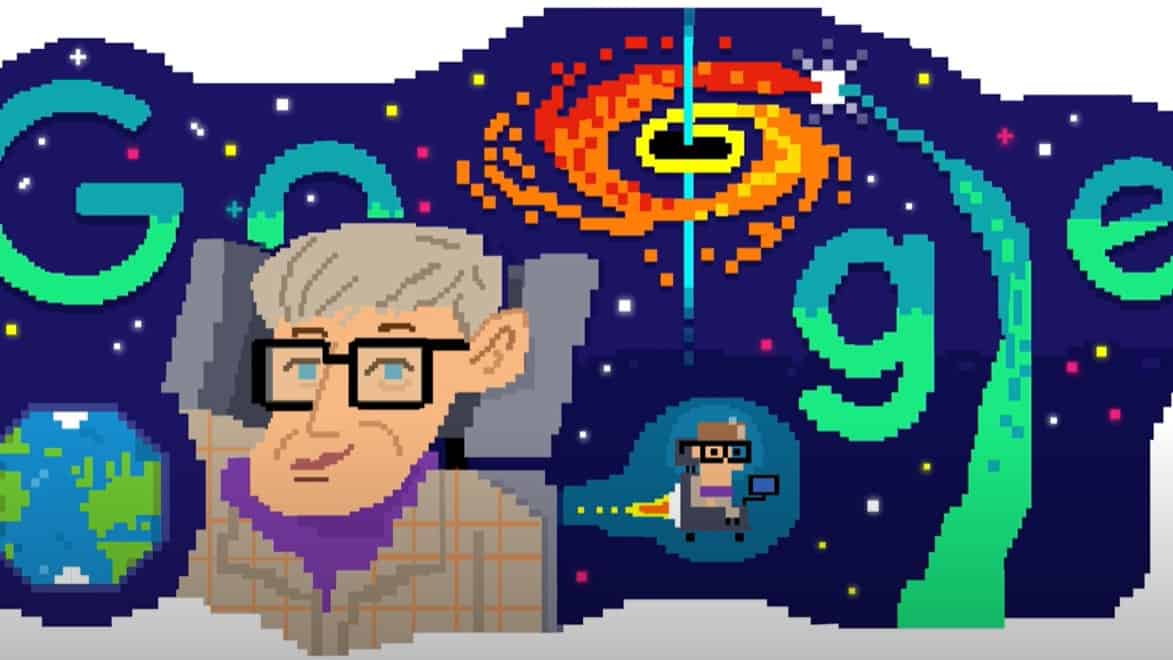
One thing that I have learned during the pandemic is that reading lips and other facial expressions plays an important role in how many of us communicate. I have reasonably good hearing, but I now realise how much I use cues from a speaker’s lips – particularly in noisy environments. So, I can appreciate how mask wearing has affected the lives of people who rely on lip reading.
Now, a team of chemical technology and business students at Kaunas University of Technology (KTU) in Finland have teamed-up with the start-up company Assero to create a face mask that facilitates lip reading, while also protecting us from the spread of COVID-19. The transparent mask works in the same way as a normal mask, by filtering air using several layers of material. The key ingredient to the Assero mask, is a special nanofibre layer that is sandwiched between two thin see-through layers.
The students were advised by KTU chemist Dainius Martuzevičius, who explains, “The masks are made of very small filaments that are 15–20 times smaller than a hair. They have pores through which air can penetrate, but dirt and very small particles are effectively trapped.” The process to create the nanofibre material was developed at KTU and Assero was spun-out of the university to commercialize the technology. The students worked with Assero scientists to create a prototype of the transparent mask. The team is now working on improving the filtration efficiency and mechanical properties of the material.
To mark the 80th birthday of the late Stephen Hawking this month, Google teamed up with the Hawking estate to release a two-minute video “doodle” to celebrate the Cambridge physicist who died in March 2018. The animation recounts Hawking’s diagnosis with a neurodegenerative disease at 21 and his pioneering work on black holes as well as some inspirational quotes from the man himself. “We think he would have loved the Doodle and been very entertained to see his long, distinguished life expressed so creatively in this briefest history of all, a two-minute animation,” the Hawking estate noted. Meanwhile, the UK’s Science Museum Group announced that a new display will open on 10 February in London featuring several of Hawking’s most treasured possessions including his wheelchair, PhD thesis, as well as a blackboard filled with “academic doodles”.
